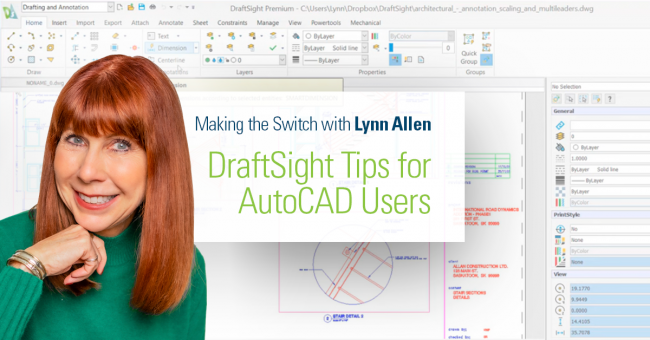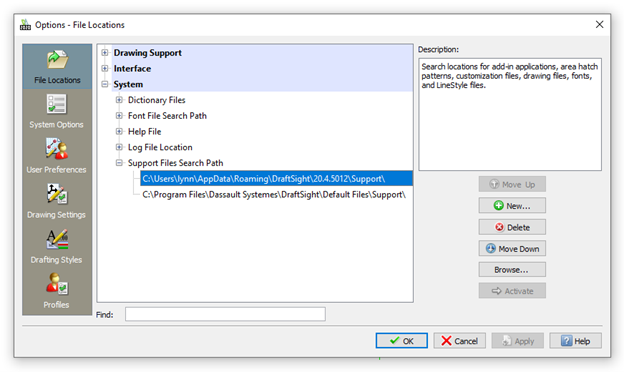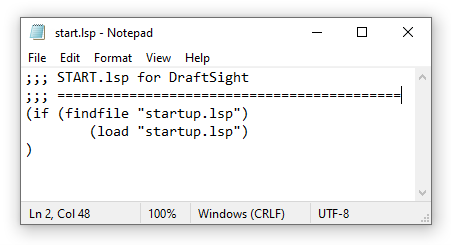DraftSight for CAD Managers Making the Switch with Lynn Allen: DraftSight Tips for AutoCAD Users

In my two-decade journey as an Evangelist, not only have I promoted the benefits of a variety of different CAD software products, but I’ve met many thousands of people representing every type of user you can imagine! One of the most essential groups is the CAD Manager (or Administrator or Coordinator, or anyone with those responsibilities).
Think of them as the Wizard Behind the Curtain… they have multiple levers and switches behind the scenes that keep their environment running smoothly. Convincing them to move from the comfy confines of their long-time CAD software is no easy task (understandably). Often, one of the most prized tools they use is AutoLISP®.
Well, here’s some good news – DraftSight loads and runs those LISP routines with ease! And as a CAD Manager, I realize that you also take advantage of another key LISP feature – ACADDOC.lsp. It’s your secret superweapon! It’s a special LISP file that, if found, loads every time a drawing is opened, and consequently you use it to control your user’s drawing environment, set system variables, load libraries, and styles – all in an effort to keep your department’s environment standardized and stable.
Here’s even more good news – you can do the same thing in DraftSight! Like some other things, it’s named differently and works slightly differently, but it will accomplish the same goals. Plus, instead of having to create it yourself, in DraftSight, it’s already there and ready to use (that’s a difference we won’t complain about!). It’s called START.lsp, (so you save a couple of keystrokes!) and you can find it in its default location on your hard drive.

Or, if you’re like me, and you love to show off your LISP skills, just type (findfile “start.lsp”) into the Command Window.

What exactly does it do? Quite simply, it runs every time DraftSight opens a drawing file and executes the code within it. By default, that code contains lines that will search for a STARTUP.lsp file, should you have one you’ve already written for AutoCAD® (isn’t that convenient? Just rename it!), and if it finds that, it runs it. So you don’t have to reinvent the wheel if you don’t want to!

If you prefer, you can take out the call to run STARTUP.lsp, and use START.lsp just as you have before. And there’s nothing magical about its default location on your hard drive (we had to put it somewhere!). Feel free to move it onto your network where everyone can have access to it. Just make sure to add the path to their support folders – which you probably already do.
If you are one of those Wizards Behind the Curtain, I’m sorry if I have exposed you. But let’s be honest, most users don’t really care how you make your environment work – just that you do! But, if you’re one of the many thousands of CAD Managers who use this setup, you can use the same workflow in DraftSight (which should come as a relief!).
Still skeptical? Why not take it for a 30-day spin and try it yourself? You can download a free trial of DraftSight Premium here.
I think you’ll be surprised at how easy the transition can be, even for all my CAD Manager friends out there!
Ready to learn more? Join Lynn Allen LIVE!
Technology Evangelist and AutoCAD expert Lynn Allen will host live webinars on Wednesday, May 12, 7 pm EDT, and Thursday, May 13, 11 am EDT as she explores DraftSight from the perspective of an AutoCAD user.

From installation and exploring the familiar user interface to using key commands and features, Lynn will demonstrate how easy the transition to DraftSight can be. Join the webinar and see how you can maintain the same level of productivity for a fraction of the price with DraftSight!




